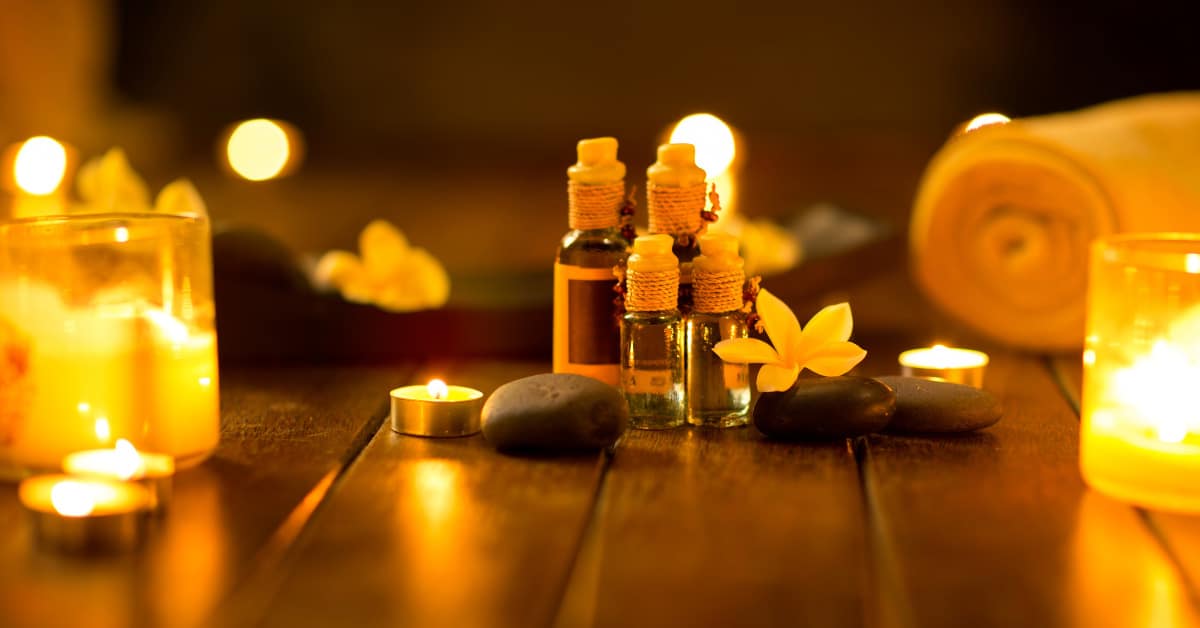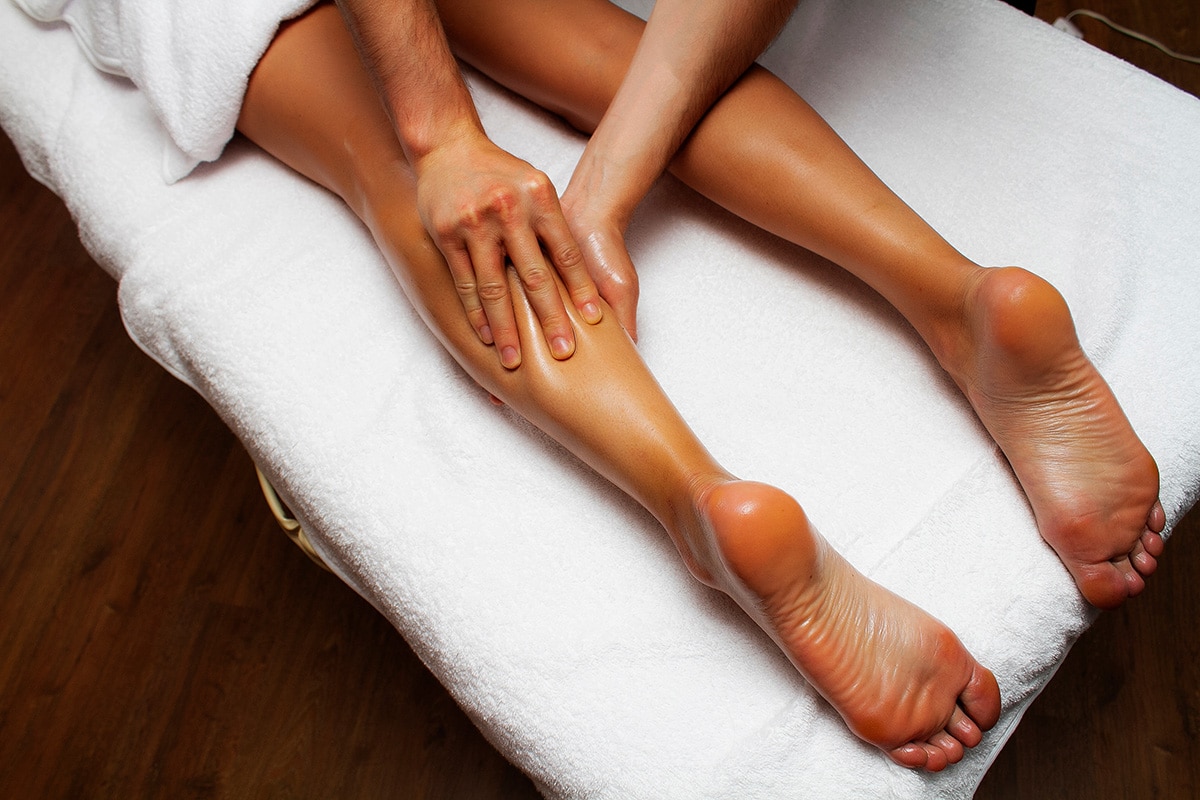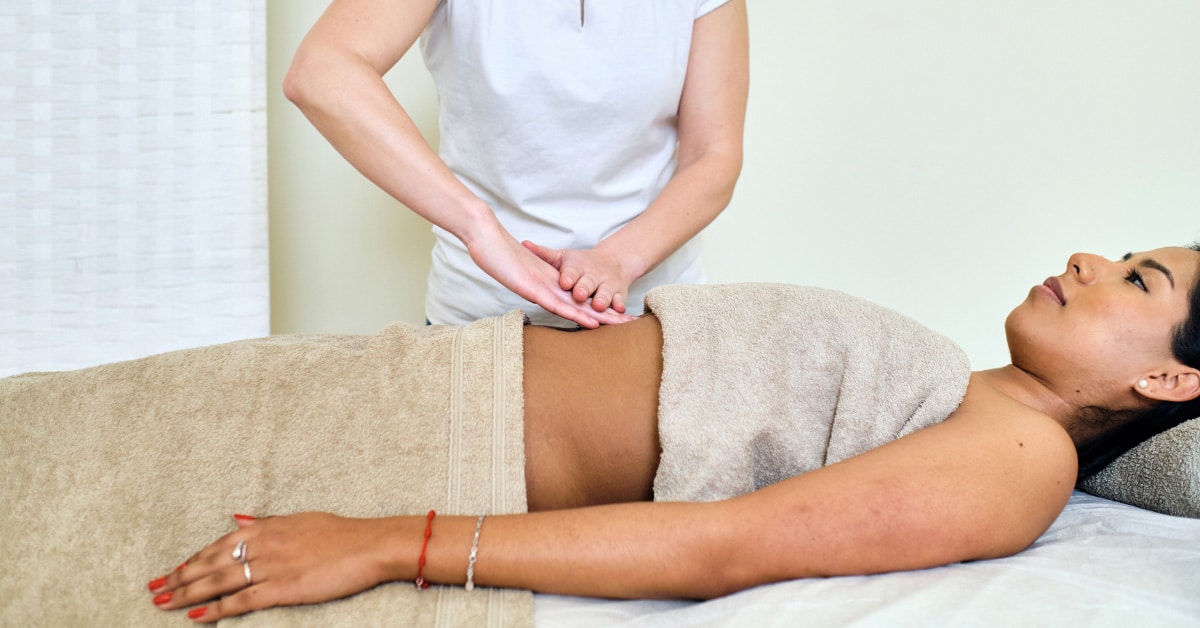Understanding the Difference Between Swedish vs Deep Tissue Massage for Back Pain
Swedish Massage
Swedish massage is one of the most popular and widely practiced forms of massage therapy, often utilizing varying intensity and pressure to address specific muscle tension. It involves a series of techniques designed to relax the entire body by manipulating the muscles and soft tissues, often working out any knots that may be causing discomfort. The primary methods used in Swedish massage include long, gliding strokes (effleurage), kneading (petrissage), rhythmic tapping (tapotement), and gentle stretching. These techniques promote blood circulation, enhance flexibility, and encourage relaxation, making it a beneficial treatment for both physical and mental wellness.
Swedish massage can also improve blood flow, leading to better oxygen delivery to muscles, helping them recover more quickly after physical activity. This is particularly beneficial for athletes or those with physically demanding jobs. Moreover, the relaxation achieved during a Swedish massage can lower cortisol levels (the stress hormone), leading to improved immune function and overall health.
If you’re looking to relieve tension, reduce stress, or simply enjoy some well-deserved relaxation, consider scheduling a Swedish or deep tissue massage with a professional therapist. It’s a gentle yet effective way to unwind and take care of your body, using long strokes that promote relaxation and improve circulation. Whether you’re new to massage or a seasoned enthusiast, Swedish massage, with its pressure and technique, offers a perfect blend of relaxation and therapeutic benefits, making it a great addition to your wellness routine.
Deep Tissue Massage
In comparison, deep tissue massage and Swedish massage are specialized forms of massage therapy that focus on the deeper layers of muscle and connective tissues. It is particularly effective for individuals who experience chronic pain or muscle tension due to injuries, stress, or overuse. The technique involves the use of firm pressure and slow strokes, creating friction to reach deeper muscle layers and fascia—the connective tissue surrounding muscles. This targeted approach helps to alleviate pain, reduce tension, and improve overall physical performance.
Additionally, deep tissue massage can enhance recovery after physical activity. Athletes and fitness enthusiasts often incorporate this type of massage into their routine to alleviate muscle soreness and prevent injuries. By promoting the release of lactic acid and improving blood flow, deep tissue massage can accelerate recovery times and improve overall athletic performance. Furthermore, this type of massage can also aid in stress relief, as it encourages the release of endorphins, the body’s natural painkillers, promoting a sense of relaxation and well-being.
Choosing the Right Massage for Your Needs
When it comes to selecting the right massage therapy for your needs, understanding the differences between Swedish and deep tissue massages is crucial. Both techniques offer unique benefits and target different issues, making them suitable for various preferences and physical requirements, and a therapist can help guide you to the best choice.
Ultimately, choosing the right massage depends on your specific needs and goals. If you’re seeking relaxation and stress relief, a Swedish massage might be your best bet. However, if you’re dealing with chronic pain or need targeted treatment for specific muscle issues, deep tissue massage could provide the relief you seek. It’s always a good idea to discuss your goals and any health concerns with your massage therapist, who can recommend the most suitable technique for you.
In summary, both Swedish and deep tissue massages offer unique benefits tailored to different needs. Understanding these differences can help you make an informed decision and enhance your massage experience. Whether you seek relaxation or pain relief, selecting the right type of massage can lead to significant improvements in your overall health and well-being.
Key Benefits of Each Massage Style
Benefits of Swedish Massage
Swedish massage is renowned for its ability to promote relaxation and enhance overall well-being, similar to deep tissue massage which targets deeper layers of muscle. The gentle, flowing strokes used in this technique apply just the right pressure to stimulate circulation, which helps improve blood flow and oxygen delivery throughout the body.
According to the American Massage Therapy Association, regular Swedish massages can lead to reduced muscle tension and improved flexibility. Furthermore, the calming effects of this massage can also lower stress levels and promote mental clarity, making it an excellent choice for those dealing with anxiety or emotional fatigue. Many clients report experiencing a heightened sense of relaxation and improved mood following a session, reinforcing the therapeutic benefits of Swedish massage as part of a holistic approach to health.
Benefits of Deep Tissue Massage
Deep tissue massage, often guided by a therapist, offers a more intense experience, focusing on the deeper layers of muscle and connective tissue, while Swedish massage provides a gentler approach to relaxation and stress relief. This technique is particularly effective for individuals suffering from chronic pain, muscle tension, or injuries. By using firm pressure and slow strokes, deep tissue massage helps to break down scar tissue and reduce muscle adhesions, which can significantly improve mobility and alleviate discomfort.
Research published in the Journal of Pain Research indicates that deep tissue massage can lead to long-term pain relief and increased range of motion, making it beneficial for athletes or anyone engaged in regular physical activity. Additionally, the stress relief gained from deep tissue massage can enhance recovery time and overall performance, making it a valuable tool in physical wellness routines.
Understanding Back Pain
Back pain is a common issue that affects millions of people worldwide, and it can arise from a variety of causes. One of the most prevalent reasons for back pain is muscle strain, which can occur when muscles are overstretched or torn during physical activities, lifting heavy objects, or even through sudden movements.
Another significant contributor to back pain is poor posture. Many individuals spend extended hours sitting at desks, often in positions that put undue pressure and stress on the spine. Over time, this can result in imbalances and strain on the back muscles, leading to chronic pain. Additionally, injuries from accidents, sports, or falls can result in acute back pain, often requiring medical intervention for proper healing.
Stress and tension are also crucial factors influencing back pain. When individuals experience stress, their bodies often respond with muscle tension, particularly in the neck and back regions. This tension can exacerbate existing pain or lead to new pain conditions. According to the National Institute of Neurological Disorders and Stroke (NINDS), stress-induced muscle tension can create a cycle where pain leads to more stress, further complicating the issue. Therefore, addressing stress through techniques like mindfulness, relaxation, and physical activity can be beneficial in managing back pain.
Understanding the multifaceted nature of back pain—its causes and the role of stress—is essential for effective management and treatment, which can include therapies like deep tissue massage. Recognizing that both physical and emotional factors contribute to back pain can help individuals take a comprehensive approach to their health, incorporating lifestyle changes, ergonomic adjustments, and relaxation techniques.
In conclusion, both Swedish and deep tissue massages offer unique benefits tailored to individual needs, especially when addressing back pain. Swedish massage focuses on relaxation and improved circulation, making it ideal for those seeking gentle relief and stress reduction. In contrast, deep tissue massage targets deeper muscle layers, providing effective treatment for chronic tension and pain. Incorporating regular massage therapy into your self-care routine can play a vital role in maintaining back health, preventing future issues, and enhancing overall well-being.
Whether you prefer the soothing strokes of Swedish massage or the intense pressure of deep tissue techniques, prioritizing these therapies will lead to a healthier and more comfortable life. Remember, listening to your body and consulting with a professional therapist can help you find the best approach for your unique situation.











